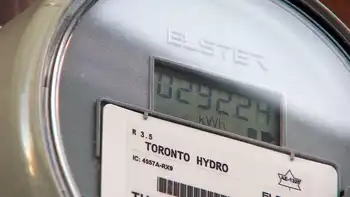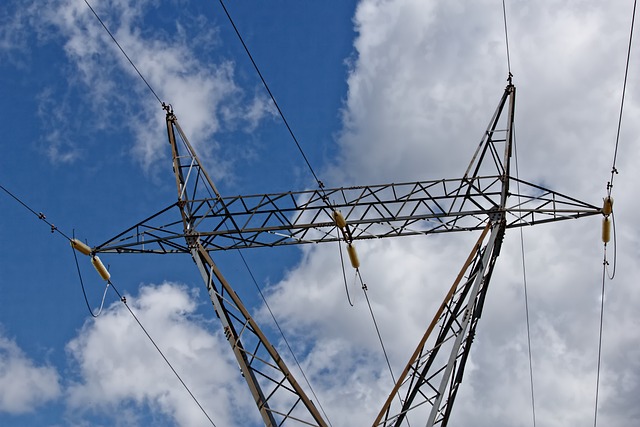Using people power to light up our lives
But for those passing through Tokyo train station, for a moment some of that energy is captured as they walk through a turnstile, or cross over a set of stairs. Suddenly they are no longer simply powering themselves, they are also helping to power the station.
This energy transfer is made possible by a set of specially designed floor mats that have been on trial in two Tokyo train stations since December. Utilizing "piezoelectric technology," these mats capture the energy created by the force of each person walking over them, and convert that energy into electricity that is used to power the stations' display boards and automatic ticket gates (piezo comes from the Greek word for pressure or to press).
But though piezoelectric technology is gaining momentum as the search for greener energy sources intensifies, it's not likely to replace more traditional power sources anytime soon, said Tom Rand, a project leader at MaRS with a background in electrical engineering.
"Everyone knows piezoelectricity works," he said. "The question is whether it's cost-effective."
Not only are the materials required prohibitively expensive, but they also don't create much energy. Even after repeated attempts at improving their techniques, officials at the Tokyo station were only expecting their 400,000-plus daily commuters to produce 1,400 kilowatt seconds each day – or roughly enough to power a 40-watt light bulb for 17 continuous hours.
Perhaps for those reasons, TTC officials said they have no plans to even consider using piezoelectric energy sources in their stations.
All the same, Rand said, in the next 10 years he expects to see this type of technology springing up all over cities like Toronto.
"I think it will happen simply because the optics are great," he noted. "It looks good to power a checkout at a supermarket with the cars that are rolling into the parking lot. But whether or not it's a serious player in energy production, I have my doubts... I don't think it's a game-changer."
Piezoelectric panels hidden under the dance floors of two European clubs allow patrons to power the party just by grooving to the music.
Panels under the floors at Club Surya in London produce up to 60 per cent of the club's total electricity.
Those who trip the light fantastic at Club WATT in Rotterdam power the in-house lighting system, allowing dancers to see just how much electricity they're creating.
Cut to a specific size, quartz stones vibrate at a specific frequency, causing them to expand and contract, providing a regular piezoelectric charge. Some everyday examples in use today include:
• In electric watches, electrodes attached to the stone use this charge to send 32,768 pulses per second through a series of dividers, with each transmitting half as many pulses as the one before it. As such, the fifteenth divider produces only a single pulse, which tells the watch that a second has passed.
• Lighters use piezoelectricity to create the spark that ignites the fuel contained inside. When pressure is applied, a tiny hammer contained within an electric barbecue or cigarette lighter strikes a piezoelectric crystal and creates thousands of volts of electricity. The crystal's voltage generates a spark which ignites a small amount of the lighter's fuel supply and thus creates a flame.
Related News

The UK’s energy plan is all very well but it ignores the forecast rise in global sea-levels
LONDON - IN concentrating on electrically driven cars, the UK’s new ten-point energy plans ignores the elephant in the room.
It fails to address the forecast six-metre sea level rise from global warming rapidly melting the Greenland ice sheet.
Rising sea levels and storm surge, combined with increasingly heavy rainfall swelling our rivers, threaten not only hundreds of coastal communities but also much unprotected strategic infrastructure.
New nuclear power stations proposed in this United Kingdom plan would produce radioactive waste requiring thousands of years to safely decay.
This is hardly the solution for the Green Energy future that our overlooked marine energy resource could…





